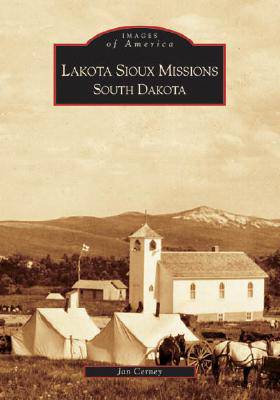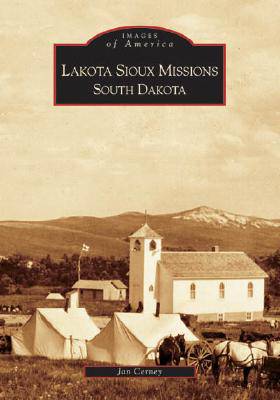
- Afhalen na 1 uur in een winkel met voorraad
- Gratis thuislevering in België vanaf € 30
- Ruim aanbod met 7 miljoen producten
- Afhalen na 1 uur in een winkel met voorraad
- Gratis thuislevering in België vanaf € 30
- Ruim aanbod met 7 miljoen producten
Zoeken
€ 34,95
+ 69 punten
Omschrijving
President U.S. Grant's national Peace Policy of 1869 set in motion the South Dakota Missionary movement. The peace plan assigned one religious denomination to each Indian Reservation to 'Christianize and civilize' the Indian. When religious groups protested the government's policy of exclusion, the limitations of the policy were lifted in 1881. Soon thereafter, many denominations were allowed to establish missions where they wanted. Soon missions, churches, and schools of many different Christian affiliations dotted the reservations, often within a few miles of one another. In Lakota Sioux Missions, over two hundred historical photographs illustrate the story of the mission era, its intended policy of assimilation, the resistance to change, and eventual compromise.
Specificaties
Betrokkenen
- Auteur(s):
- Uitgeverij:
Inhoud
- Aantal bladzijden:
- 128
- Taal:
- Engels
- Reeks:
Eigenschappen
- Productcode (EAN):
- 9780738533933
- Verschijningsdatum:
- 1/06/2005
- Uitvoering:
- Paperback
- Formaat:
- Trade paperback (VS)
- Afmetingen:
- 167 mm x 231 mm
- Gewicht:
- 299 g

Alleen bij Standaard Boekhandel
+ 69 punten op je klantenkaart van Standaard Boekhandel
Beoordelingen
We publiceren alleen reviews die voldoen aan de voorwaarden voor reviews. Bekijk onze voorwaarden voor reviews.








